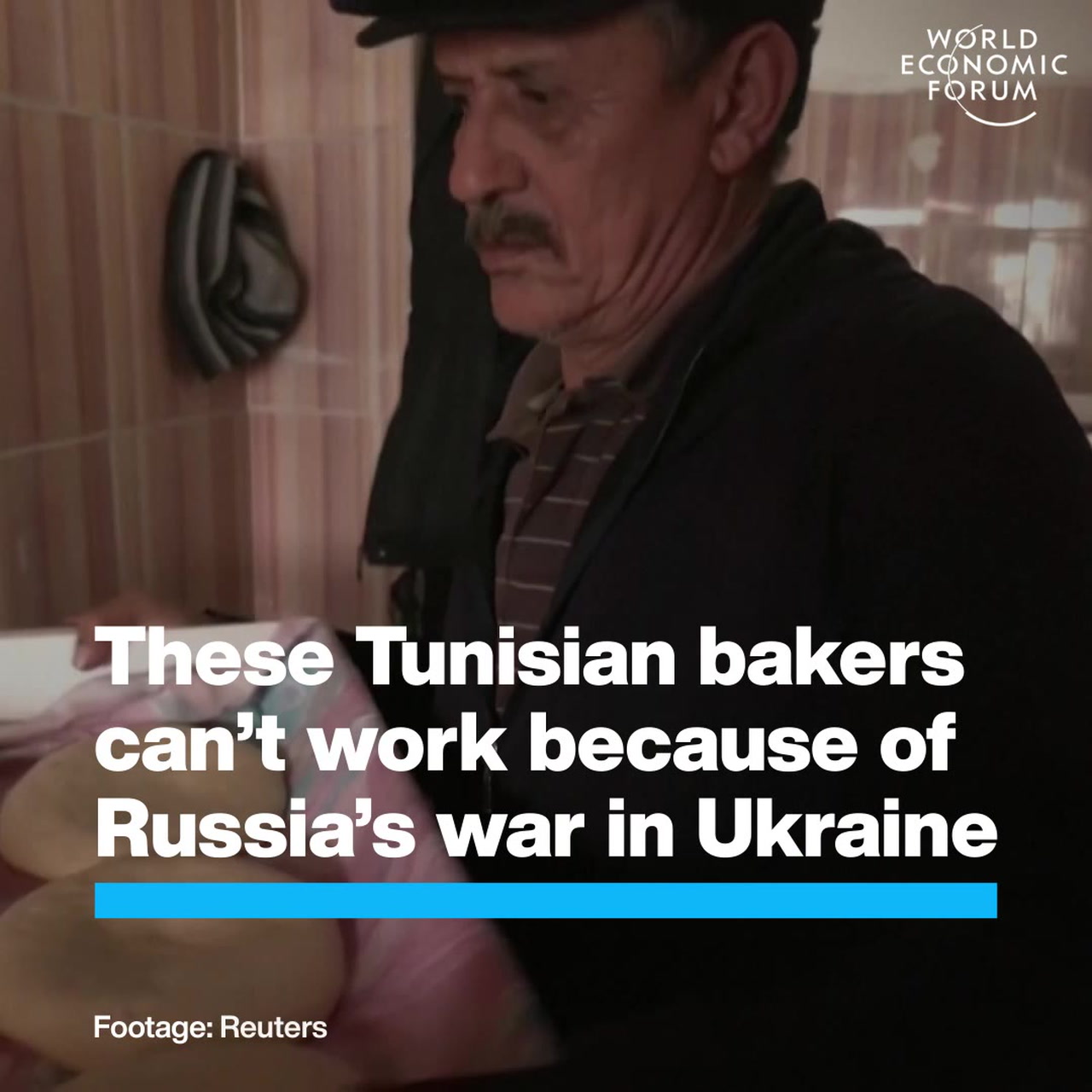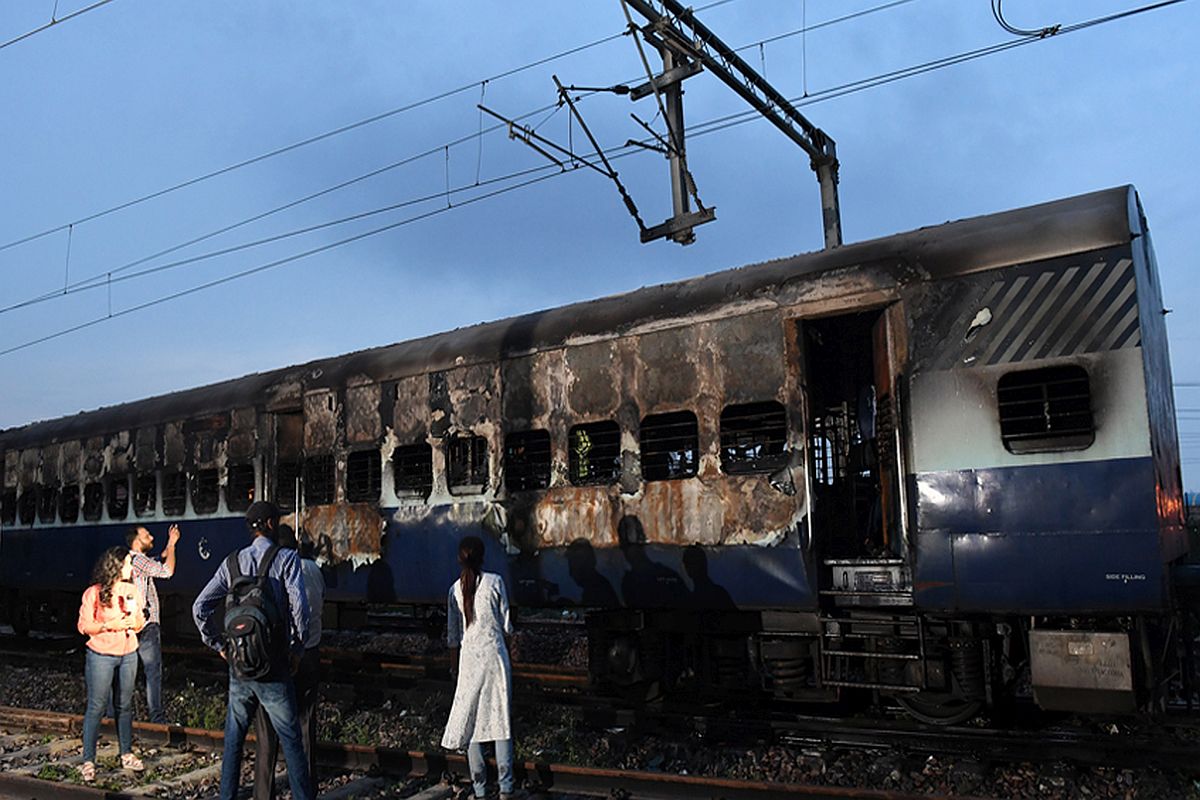The Impact Of The Ukraine War On Global And European Military Spending

Table of Contents
Increased Global Military Spending
The Direct Impact of the Ukraine Conflict
The Ukraine War's immediate impact on defense budgets is undeniable. Countries directly supporting Ukraine, providing both financial aid and military equipment, have significantly increased their defense expenditure. This surge reflects a need to replenish depleted stockpiles and bolster their own defense capabilities in light of the conflict's intensity and the potential for further escalation.
- United States: The US has committed billions of dollars in military aid to Ukraine, leading to increased domestic defense spending to replenish its own arsenals.
- United Kingdom: The UK has also dramatically increased its military assistance to Ukraine, resulting in a substantial rise in its defense budget.
- Poland: As a frontline NATO state bordering Ukraine, Poland has significantly boosted its military spending, acquiring advanced weaponry and expanding its armed forces. This includes substantial investments in air defense systems and artillery.
These increases represent not just a reaction to the immediate crisis but a recognition of the need for enhanced readiness and deterrence. The types of military equipment being procured reflect this, with a focus on anti-tank weapons, air defense systems, artillery, and ammunition – all heavily utilized in the conflict.
Ripple Effects on Global Security
The Ukraine War's consequences extend far beyond the immediate battlefield, creating ripple effects on global security. The conflict has fueled anxieties about potential future conflicts and heightened geopolitical instability, prompting many nations not directly involved to increase their military spending.
- Asia: China's increasingly assertive posture in the Indo-Pacific region has led to increased defense spending by several nations in the area, including Japan, South Korea, and Australia, as they seek to counter perceived threats.
- Middle East: Regional tensions and proxy conflicts continue to drive military spending in the Middle East, amplified by concerns about global instability.
The increase in global military spending reflects a growing sense of insecurity and a belief that increased defense capabilities are necessary to protect national interests in an increasingly volatile world. This raises concerns about a potential global arms race, with unpredictable and potentially dangerous consequences.
Impact on the Global Economy
The significant surge in global military spending carries substantial economic implications. The massive diversion of resources to defense inevitably strains national budgets, potentially leading to reduced spending in crucial sectors like healthcare, education, and infrastructure.
- Inflationary Pressures: Increased military spending can contribute to inflationary pressures, as demand for resources and labor rises.
- Reduced Social Programs: Competition for limited resources may force governments to cut back on social programs, impacting the well-being of citizens.
- Long-Term Economic Consequences: The sustained high levels of military spending could stifle economic growth and create long-term economic challenges.
The economic consequences of this military spending spree are a serious concern, highlighting the trade-offs nations face between security and economic prosperity.
Surge in European Military Spending
NATO's Response to the Ukraine Invasion
The Ukraine War has had a profound impact on NATO's defense spending targets. The invasion served as a stark reminder of the importance of collective defense and prompted member states to re-evaluate their commitment to the alliance's 2% GDP target for defense spending.
- Meeting the 2% Target: While several NATO members are meeting or exceeding the 2% target, many still fall short. The war has put pressure on these countries to increase their defense budgets to meet this goal.
- Increased Defense Spending: Many NATO members have announced significant increases in their defense spending, reflecting a renewed focus on military preparedness. This includes investments in modernizing equipment and enhancing readiness.
The Ukraine conflict has invigorated NATO's commitment to collective security and prompted a significant increase in defense expenditure among its members.
Increased Defense Spending in Non-NATO European Countries
The Ukraine War has also prompted countries outside of NATO to reassess their security posture and increase their military spending. The invasion has highlighted the vulnerability of even seemingly secure nations and the need for enhanced defense capabilities.
- Sweden and Finland: Sweden and Finland's applications to join NATO, following the invasion, demonstrate the shifting geopolitical landscape in Europe. Both countries have significantly increased their defense spending in anticipation of NATO membership and to address perceived security threats.
- Other Neutral Countries: Other traditionally neutral European countries are also reevaluating their security strategies and considering increasing their defense budgets.
This demonstrates a broader trend toward increased military preparedness across Europe, driven by the perceived threat posed by Russia's aggression.
Shifting Geopolitical Dynamics in Europe
The Ukraine War and the resulting surge in military spending have profoundly altered the geopolitical dynamics in Europe. Increased cooperation among European nations is evident, strengthening alliances and promoting the development of joint defense initiatives.
- EU Defense Initiatives: The war has given new impetus to efforts to strengthen the EU's defense capabilities and enhance its strategic autonomy.
- Strengthened Alliances: The invasion has also solidified alliances between European nations, leading to increased military cooperation and joint exercises.
This shift towards greater military cooperation represents a fundamental change in the security architecture of Europe.
Long-Term Implications of the Ukraine War on Military Spending
The New Normal
The increased military spending triggered by the Ukraine War may represent a “new normal,” with sustained high levels of expenditure even after the conflict concludes. Several factors contribute to this possibility.
- Increased Geopolitical Instability: The war has highlighted the fragility of international security and increased the perceived need for robust defense capabilities.
- Ongoing Threats: The emergence of new security threats, such as cyber warfare and the proliferation of weapons of mass destruction, will likely continue to drive military spending.
This suggests that the current surge in military spending could persist for years to come.
Technological Advancements and Military Modernization
The Ukraine War has accelerated the pace of military technological advancement and modernization efforts globally. The conflict has highlighted the importance of specific technologies and capabilities.
- Drones: The effective use of drones in the conflict has led to increased investment in drone technology globally.
- Cyber Warfare Capabilities: The importance of cyber security and cyber warfare capabilities has also been underscored, leading to increased investment in this area.
- Precision-Guided Munitions: The high demand for precision-guided munitions during the war has further propelled development and investment.
The ongoing conflict serves as a testing ground for new military technologies, accelerating innovation and driving further investment in military modernization.
Conclusion
The Ukraine War has undeniably triggered a dramatic increase in global and European military spending, with profound and far-reaching consequences. The immediate impact is evident in the substantial rises in defense budgets, particularly among countries directly supporting Ukraine and those feeling increasingly threatened by the war's ripple effects. The long-term implications are equally significant, potentially leading to a sustained increase in military spending, a global arms race, and a reshaping of the global security architecture. The economic consequences, including inflationary pressures and reduced spending in other vital sectors, cannot be overlooked. Stay informed about the impact of the Ukraine War on military spending and understand the long-term consequences of this increase in defense expenditure to fully grasp the evolving global security landscape.

Featured Posts
-
 Kashmir Gets Railway Connection Pm Modis Inaugural Train Date Announced
May 01, 2025
Kashmir Gets Railway Connection Pm Modis Inaugural Train Date Announced
May 01, 2025 -
 Premiere Naissance De L Annee Recompensee Une Boulangerie Normande Offre Son Poids En Chocolat
May 01, 2025
Premiere Naissance De L Annee Recompensee Une Boulangerie Normande Offre Son Poids En Chocolat
May 01, 2025 -
 El Boxeo Como Herramienta De Cambio La Experiencia De Saltillo
May 01, 2025
El Boxeo Como Herramienta De Cambio La Experiencia De Saltillo
May 01, 2025 -
 Key Highlights France Vs Italy Rugby Match Duponts Masterclass
May 01, 2025
Key Highlights France Vs Italy Rugby Match Duponts Masterclass
May 01, 2025 -
 Eurovision 2025 Your Guide To Betting Odds And Predictions
May 01, 2025
Eurovision 2025 Your Guide To Betting Odds And Predictions
May 01, 2025
